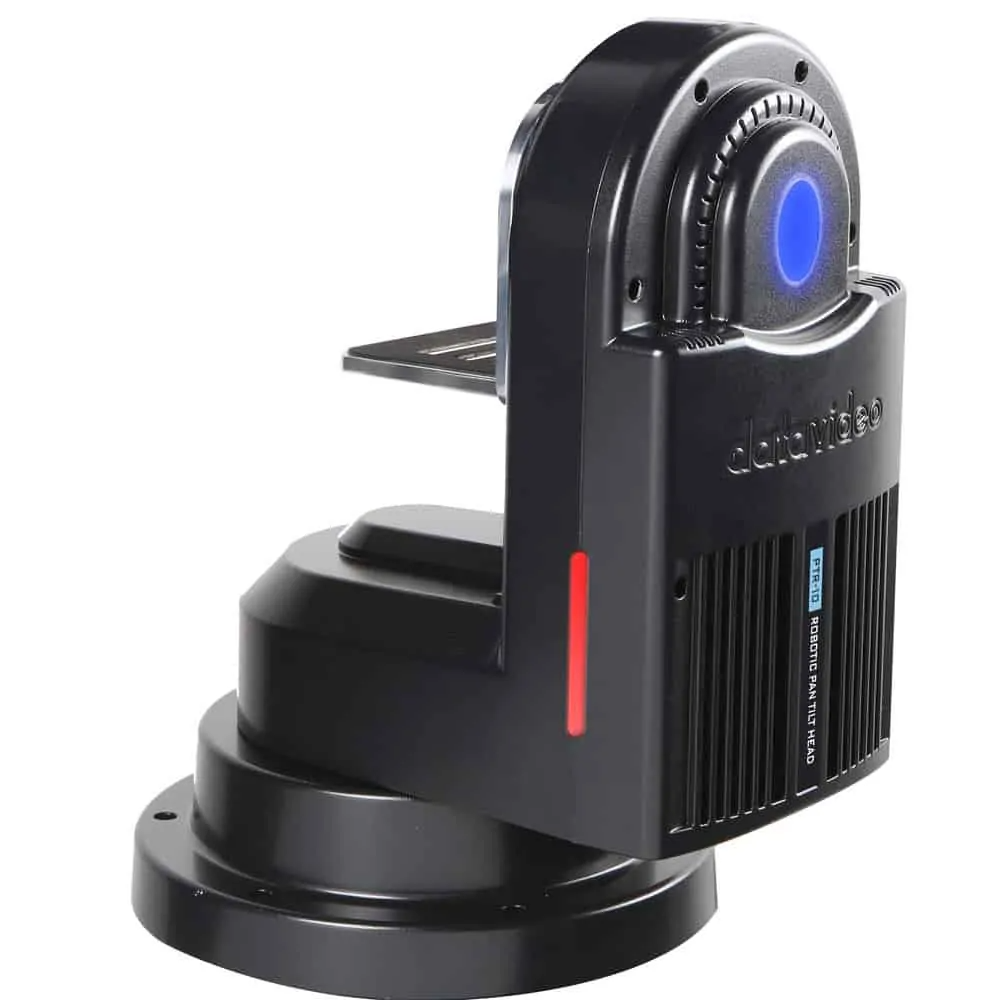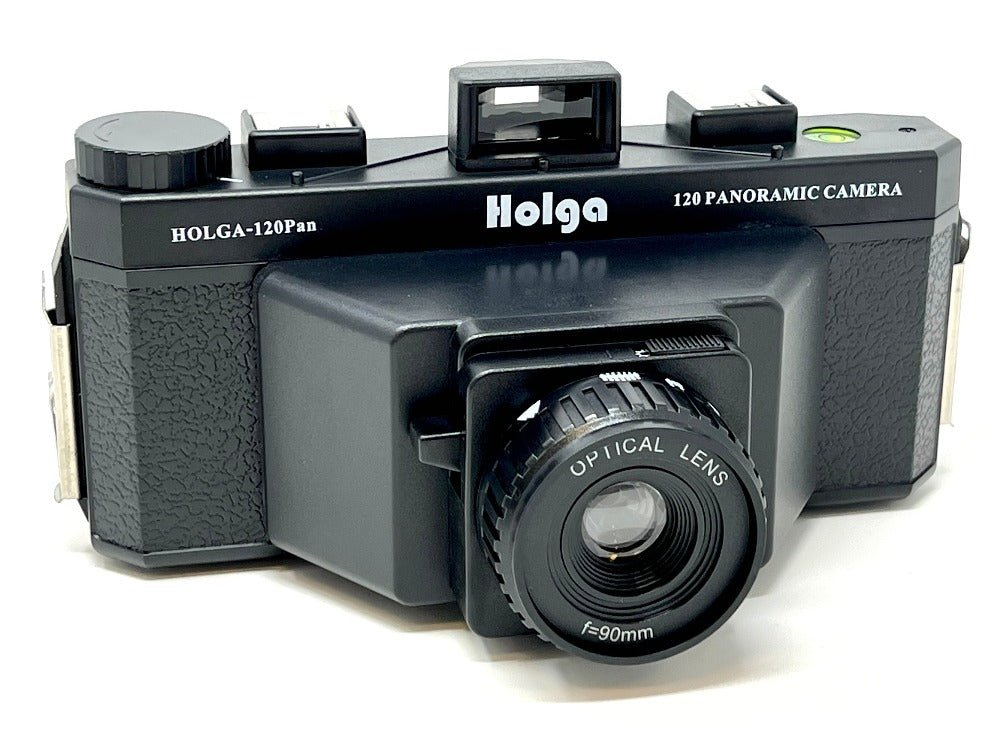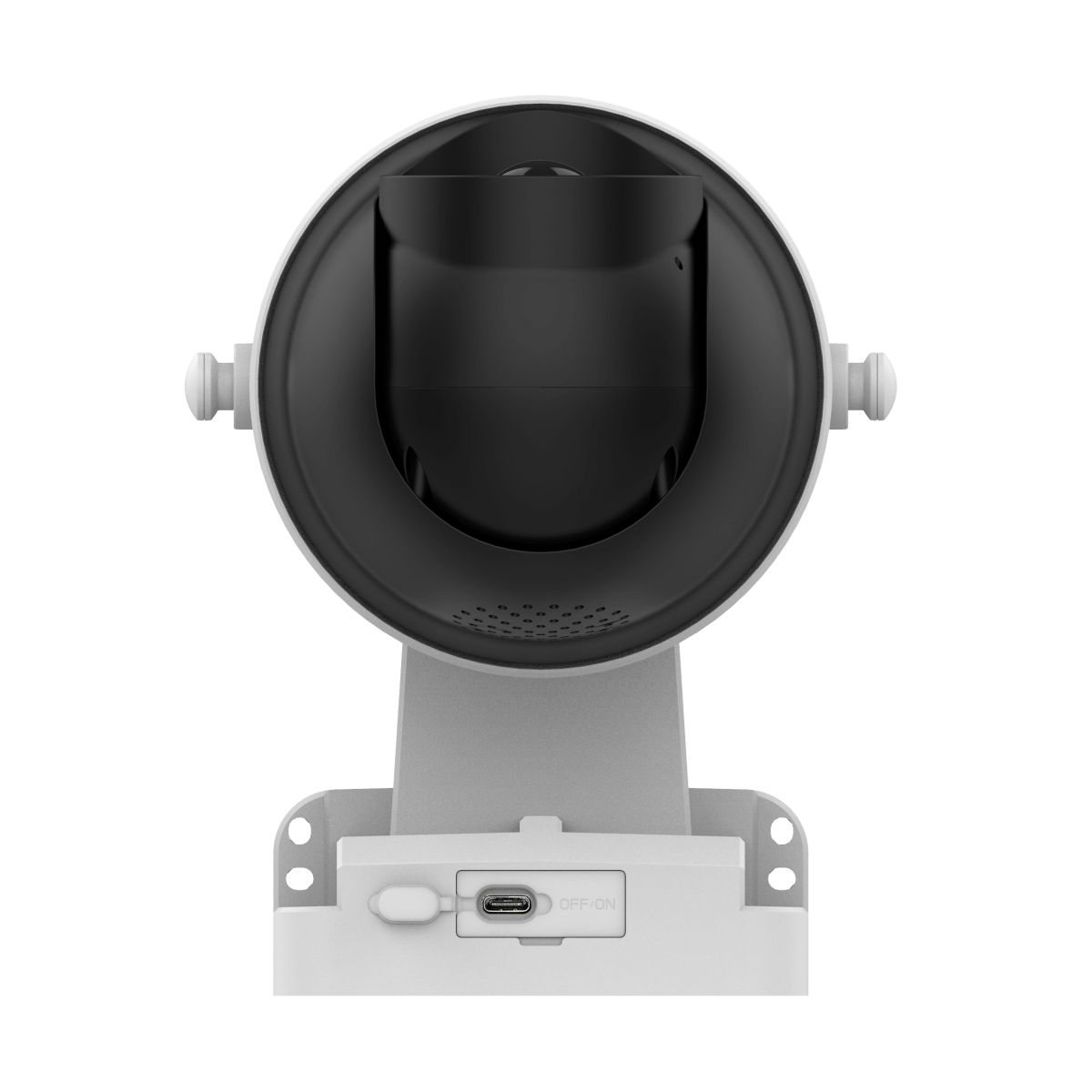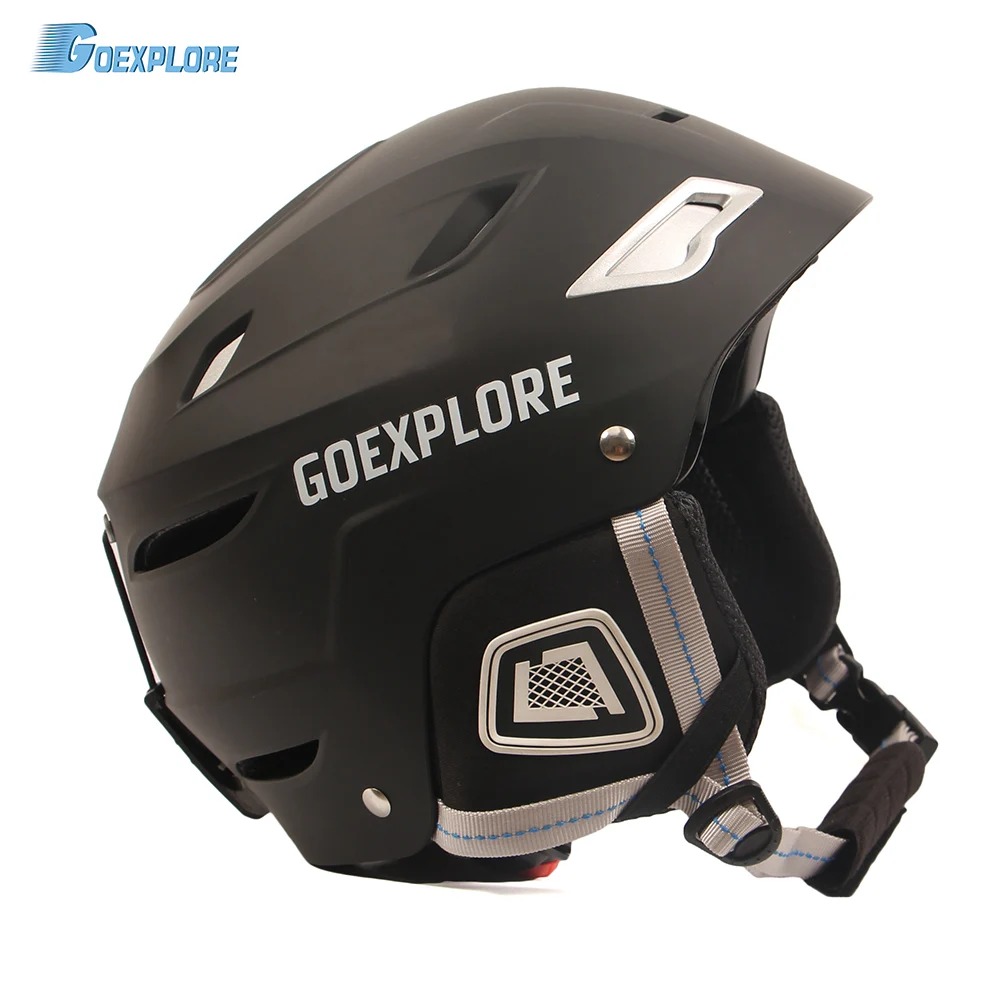The pan is one of the most fundamental camera movements in both film and video production. It is a horizontal movement where the camera moves right or left around a central axis. This technique can be used for a variety of purposes, from following a moving subject to revealing a landscape or environment.
Understanding Pan Camera Movement
The Basics of Panning
At its core, panning refers to the horizontal rotation of a camera as it sweeps across a scene from a fixed axis. The movement is similar to turning your head from side to side without moving your body. In filmmaking, panning is achieved by mounting the camera onto a tripod with a fluid head, which allows for a smooth, lateral movement.

When to Use Pan
Panning is often used to follow a subject that moves across the frame, such as a person walking or a vehicle in motion. It can also reveal more of the setting, giving viewers a wider perspective of the scene. Another application is to create a feeling of anticipation or to direct the viewer’s attention to action that is about to enter the frame.
Technical Considerations for Smooth Panning
Achieving a smooth pan requires practice and attention to several technical factors:
- Tripod and Fluid Head: Use a sturdy tripod and a fluid head for frictionless movement.
- Balance: Ensure the camera is well-balanced on the tripod to avoid tilting during the pan.
- Speed: The speed of the pan should be consistent. Too fast, and you risk a blurry shot or losing your audience; too slow, and the movement may not be perceptible or can seem to drag.
- Practice: Rehearse the pan to ensure the movement is fluid and to identify the start and end points of your shot.

Creative Uses of Pan
Beyond following action, panning can serve various creative purposes:
- Establishing Shots: A pan can serve as a great establishing shot, showing the location where the scene is set.
- Reveals: Start on a focused subject and pan away to reveal important details or the broader context of the scene.
- Transitions: Pans can act as a transition between scenes or to suggest the passage of time.

Common Mistakes to Avoid
While panning can be a powerful tool, it’s important to avoid overuse or incorrect execution:
- Unmotivated Pans: Every camera movement should have a clear purpose. Avoid panning without a narrative reason.
- Jerky Movement: Ensure the pan starts and ends smoothly without abrupt stops or changes in speed.
- Distraction: Don’t let the pan distract from the central subject or action of the scene.
Conclusion
Pan camera movement is a fundamental technique in the realm of cinematography. Understanding when and how to execute it can significantly enhance the visual storytelling of a film or video. With the right equipment, practice, and creative intent, panning can effectively guide the audience’s attention and contribute to the emotional and narrative impact of the scene. As with all aspects of filmmaking, it’s important to use panning judiciously and always in service of the story you’re trying to tell.
The Applications of Pan Camera Movement
Storytelling and Scene Setting
Panning is not just about following action; it’s a narrative device. A slow pan can introduce a viewer to the setting, creating a sense of place before the characters even appear. This kind of pan can also be used to conclude a scene, offering a moment of reflection or highlighting the aftermath of the scene’s events.

Character Introduction and Development
A pan can be a powerful way to introduce a character. By starting on a relevant object or part of the scene and panning to reveal the character, the filmmaker can create a connection between the character and their environment or context within the story. This movement can also show two characters in succession, suggesting a relationship or contrast between them.
Revealing Key Information
The pan can dramatically reveal crucial details that were previously off-screen, adding depth to the story. By starting with a tight frame on a subject and then panning to reveal something else significant, filmmakers can surprise viewers or shift their understanding of the scene.
Enhancing Action Sequences
In action sequences, a pan can follow the movement, keeping pace with the subject and maintaining them in the frame. This application is common in chase scenes or sports, where the motion is lateral and the viewer’s attention needs to stay with the moving subject.
Creating Visual Interest and Rhythm
A well-timed pan can add visual interest to a static scene, create a rhythmic feel in conjunction with the editing, or provide a break from a series of stationary shots. It can also smoothly transition the viewer between points of interest within a single continuous shot.

Engaging the Audience
Panning can actively engage the audience by mimicking the natural movement of the human head and eyes. When done effectively, it can create a more immersive experience, as viewers feel as if they’re in the scene, looking around and discovering the environment.
Simulating Movement and Travel
Filmmakers can simulate the sensation of travel or movement through space by panning across a landscape or interior. This technique can give the impression of a journey without actually moving the setting, saving on production costs while still expanding the world of the film or video.
Conclusion
The applications of pan camera movement are diverse, each serving a unique purpose in the art of filmmaking and video production. When applied thoughtfully, panning can reveal character, propel narrative, enhance action, and engage viewers in an active visual experience. As with any camera technique, the key to its effective use lies in understanding its potential and utilizing it to complement the story being told.
Conclusion
Pan camera movement is a versatile and essential tool in visual storytelling. When executed with precision and artistic intent, panning can add depth, emotion, and dynamism to a film or video.
When using an action camera head mount, it’s important to execute smooth pan camera movements to ensure the footage captured is as stable and clear as possible. Understanding when and how to use this technique is crucial for filmmakers and videographers who wish to enhance their visual narrative and engage their audiences effectively.
The smooth pan camera movement offers a cinematic sweep of visuals, while Loop earplugs ensure that the auditory experience remains undisturbed and immersive for the viewer. For more detailed information on camera movements and cinematography techniques, consider taking a course or workshop in film production, or refer to educational resources provided by film schools and industry professionals.


